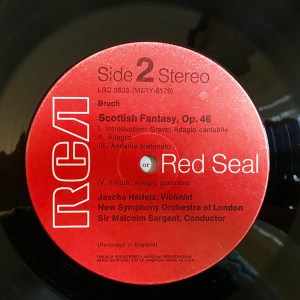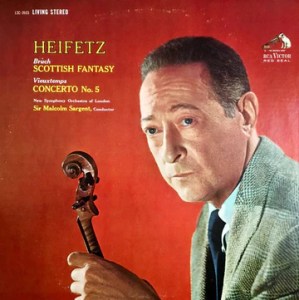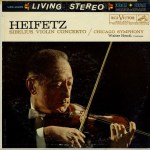 More of the Music of Jean Sibelius (1865-1957)
More of the Music of Jean Sibelius (1865-1957)
More Hot Stamper Pressings Featuring the Violin
Our good customer Aaron wrote to tell of us his experience playing some copies of Heifetz’s recording of the Sibelius Violin Concerto. He already had a plain Hot Stamper pressing, probably a Red Seal reissue.
He started off his first email to me by saying this:
The striking difference between the white hot and the hot stamper is in how much the emotional character of the music comes through. Even though the instruments sound more immediate and organic on the white hot, the overall tone is darker and more anguished. The difference isn’t so much in the technical details, like the size of the soundstage, but rather, in the realism of the instruments, and the aggregate effect of that on the emotional impact of the music.
I replied:
Reading between the lines a bit, the Shaded Dog seems to be tonally a bit darker, but I hope that it should sound more tonally correct, as most of the time the later pressings are thinner and less real sounding. I think that’s what you are saying, but I wanted to make sure.
Tom,
In terms of the tone, what I can tell you is that the cello was absolutely chilling and sounded lifelike to me. The violin is rich without being shrill.
What I experienced was how emotionally heavy and complex this music is. Sure, there’s moments of dizzying ecstacy in it, but so much is aching and sad. I don’t want anybody to think I’m saying the white hot is muffled. It’s wonderfully transparent and realistic, and that shows off the melancholy in the music, creating a darker mood / color palette, even though I didn’t experience a darker tone.
Nicely put.
After Aaron had spent another week with the work, he had arrived at a much deeper understanding of the music and the sound:
I’ve now spent a lot of time with the Heifetz Sibelius WHS, the regular hot stamper, and a couple other copies I was able to find at my local shops over the years for $5-$12 each.
You know that before I commit to keeping a white hot stamper, I like to make full use of your 30-day money-back guarantee. By the time I’m splurging for a WHS, it’s usually an album I’ve already got several copies of. Sometimes, one spin is all it takes for me to be able to tell the WHS is delivering the goods. Rumours and Thriller were like this.
Other times, I’ve got to really listen, and carefully do my own shootout to be sure I want to keep it.
This time’s no different. I’m keeping the white hot of the Sibelius, and I’ll be returning the regular hot stamper. It was a more tricky shootout than some others. I can cut to the chase like this – for $5 you can hear Heifetz’s wonderful recording of the Sibelius Violin Concerto. For $495 more, you can hear a violin sound like a violin.
It’s crazy what my stereo can do now with violin and vocals, two particularly egregious weak spots before I got the Tri-Planar. I’m going a little nuts here. Some records I had cast off as having groove wear actually sound perfectly lovely. I guess female vocals was particularly challenging for my old tonearm to track. I took your blog’s advice and purchased some Beethoven string quarets (Julliard and Quartetto Italiano) that are just magnificent. I’ve no doubt proper hot stampers would beat them, but you gotta start somewhere.
Thanks Tom.
Aaron,
Experiencing the illusion of a “realistic” violin floating dead center between your speakers is indeed something that only the highest quality equipment can pull off, and we are glad your Triplanar arm is helping to deliver that magical sound to you.
I struggled with Shaded Dog pressings of Heifetz’s recordings for years back in the 90s. I couldn’t clean them right until the Walker fluids and better machines came along, and I couldn’t play them right until my turntable, arm, cartridge, setup, vibration control and who knows what else had gone through a great many changes.
Now it is obvious to me just how good these recordings can be. I had this to say about a favorite violin concerto not long ago:
This is truly The Perfect Turntable setup disc. When your VTA, azimuth, tracking weight and anti-skate are correct, this is the record that will make it clear to you that your efforts have paid off.
What to listen for you ask? With the proper adjustment the harmonics of the strings will sound extended and correct, neither hyped up nor dull; the wood body of the instrument will be more audibly “woody”; the fingering at the neck will be noticeable but will not call attention to itself in an unnatural way. In other words, as you adjust your setup, the violin will sound more and more right.
And you can’t really know how right it can sound until you go through hours of experimentation with all the forces that affect the way the needle rides the groove. Without precise VTA adjustment there is almost no way this record will do everything it’s capable of doing. There will be hardness, smear, sourness, thinness — something will be off somewhere. With total control over your arm and cartridge setup, these problems will all but vanish. (Depending on the quality of the equipment of course.)
We harp on all aspects of reproduction for a reason. When you have done the work, records like this are nothing less than GLORIOUS.
More recently I wrote about the completely unnatural violin tone found on the Heavy Vinyl reissues of Scheherazade. Both suffered greatly from their mastering engineers’ predilection for overly-smooth, overly-rich sound, a sound that apparently not many audiophiles found as bothersome as I did.
(more…)
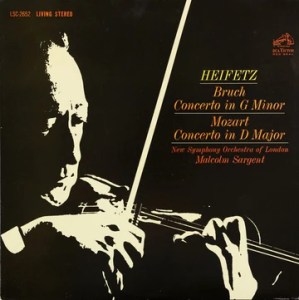

 Hot Stamper Pressings Featuring the Violin Available Now
Hot Stamper Pressings Featuring the Violin Available Now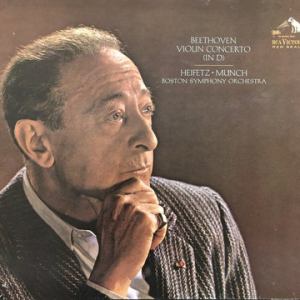
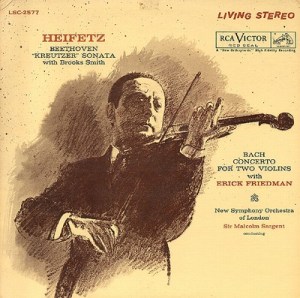
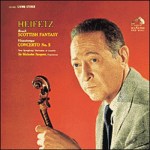
 Hot Stamper Pressings Featuring the Violin Available Now
Hot Stamper Pressings Featuring the Violin Available Now
